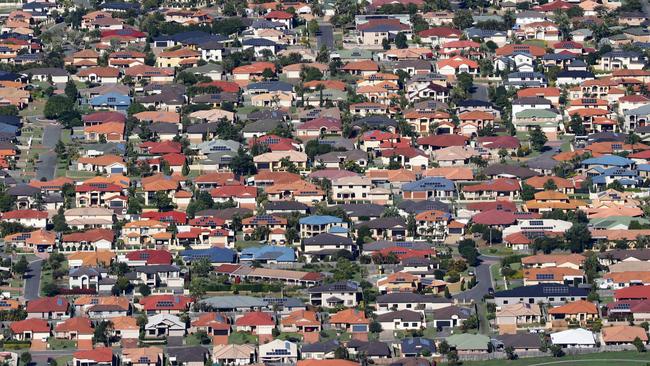Opinion: How tax change can fix Qld housing crisis
If it is supply, and not demand, that we are seeking to address in Queensland’s housing crisis, perhaps it’s time to rethink which side of the ledger our initiatives focus on, writes Jen Williams.

Opinion
Don't miss out on the headlines from Opinion. Followed categories will be added to My News.
On Wednesday, about 40 housing industry stakeholders will gather for another Queensland roundtable.
Unfortunately, despite the three levels of government, industry and community stakeholders leaning in to address the housing supply crisis, little real progress has been made in boosting the pace of delivery of new, privately owned or rented homes.
Welcome action has been taken on boosting funding for social and affordable housing; financial incentives are on the table for governments that exceed ambitious, nationally set dwelling targets; and major planning and legislative changes are in progress.
Why, then, are housing approvals bumping along at decade lows? And why are fewer homes now under construction than 12 months ago?
The reality is that despite best intentions financial barriers remain insurmountable for the delivery of new dwellings in the places that policy settings increasingly seek to support.
Builders who are willing and able to undertake new residential projects at scale are few and far between. Once located, the cost of labour and construction materials is eye-watering.
It’s not like the private sector isn’t trying to make new projects work. Many developers have lost millions on projects that cost more to deliver than they returned.
When times have been tough, government incentives traditionally targeted demand-side initiatives to stimulate the housing market.
Think first-home-buyer grants, stamp duty concessions and more.
Conversely, taxation and regulatory settings have sought to penalise or restrict the supply side of the equation.
Think land tax surcharges, additional stamp duties, infrastructure charges and so on.
If it is supply, and not demand, that we are seeking to achieve to address, then perhaps it’s time to rethink which side of the ledger these initiatives focus on?
Brisbane City Council has acknowledged this challenge and has moved to reduce the development costs of much-needed housing in areas already well-serviced by infrastructure.
It is incumbent on all levels of government to look at the tax and regulatory settings that are driving up the cost of new homes.
Surely a reduction in the tax take on the delivery of new homes should be seen as money well spent.
Jen Williams is Queensland executive director of the Property Council


